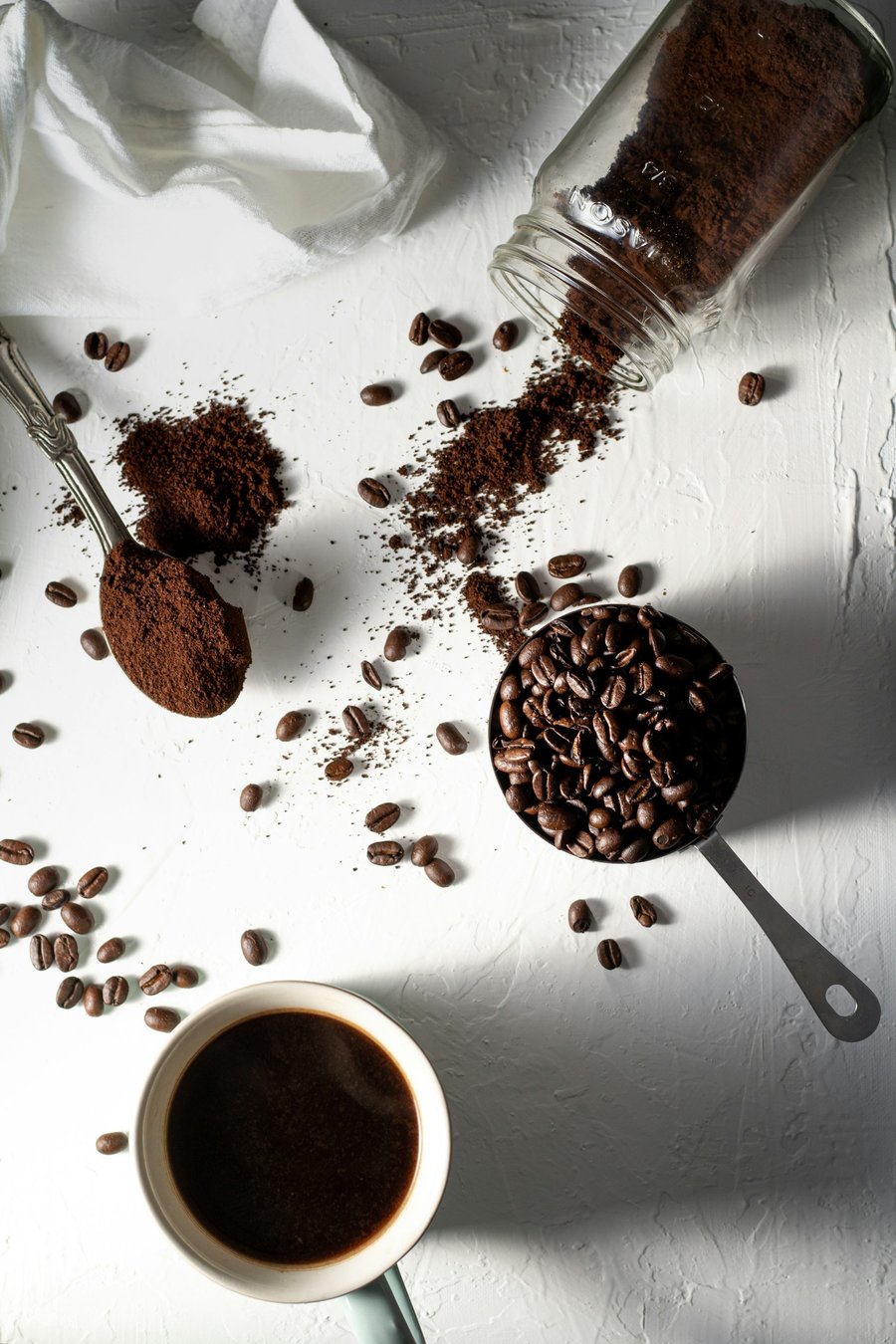Coffee and caffeine metabolism
Coffee is a stimulant and is made from roasted and ground coffee beans, the seeds from the fruit of the coffee plant, and hot water. The main active ingredient in coffee is caffeine, which has the following effects: - psychotropic (influences the human psyche) - stimulating (increases attention, concentration and drive) - positive inotropic (increases the contractility of the heart) - stimulating effect on intestinal peristalsis - weakly diuretic (stimulates urine production)
Caffeine is not only a component of coffee, but also of tea, cola, mate, guarana, energy drinks and small amounts of cocoa.
Caffeine is absorbed very quickly and almost completely via the gastrointestinal tract into the bloodstream. Practically all the caffeine is absorbed around 45 minutes after ingestion.
The breakdown of caffeine varies from person to person, with age, gender, hormones, liver disease, obesity, smoking, diet and medication having an influence. In the liver, caffeine is mainly broken down by the enzyme cytochrome P450 1A2 (CYP1A2). The three most important metabolites in the breakdown of caffeine are paraxanthine, theobromine and theophylline.
Genetic variations have an influence on the activity of the CYP1A2 enzyme. As a result, some people can metabolize caffeine faster than others. Age also plays a role, with younger people tending to metabolize caffeine faster than older people.
Examples of caffeine-rich foods:
| Food | amount of caffeine |
|---|---|
| coffee | 40-120 mg per cup |
| tea | 20-40 mg per cup |
| Cocoa | 6 mg per cup |
| Guarana | 40-90 mg per g DM |
| Chocolate 70% | 70-90 mg per 100g |
| Cola | 10 mg per 100 mL |
| Energy-Drinks | 32 mg per 100 mL |

How does caffeine work?
Caffeine is the world's most common psychoactive substance and an active ingredient in coffee, among other things. It is known that caffeine has an activating and stimulating effect on the body. Caffeine blocks adenosine receptors in the brain. Adenosine, a substance produced naturally in the body, normally inhibits nerve cell activity and has a calming and tiring effect. Blocking the receptors with caffeine has the opposite effect. It leads to a disinhibition, i.e. an activation of the nerve cells and the stimulating effect typical of caffeine. Furthermore, caffeine increases the release of dopamine and noradrenaline in the brain, which are associated with motivation, reward and attention.
Anxiety after caffeine?
Studies have shown that caffeine can have an anxiety-inducing effect in people with a certain genetic make-up. However, the opposite effect has also been observed, namely an anxiety-relieving effect. Further studies are required for a definitive assessment.
![[Report Bild]](/static/reportImages/kaffee2.jpg)